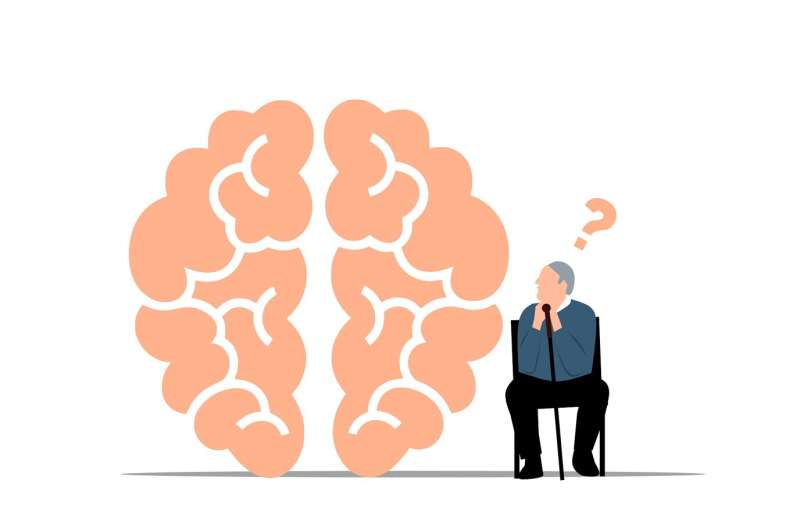Exploring the Sex Gap in Dementia: Why Women Are More Affected

Recent research uncovers the biological and hormonal factors behind why women experience a higher burden of dementia, emphasizing the importance of sex-specific treatments for improving outcomes.
Nearly two-thirds of individuals diagnosed with Alzheimer's disease are women, who often experience a more rapid decline in cognitive function than men. The underlying causes of this gender disparity have long puzzled scientists, but recent research is shedding light on biological and hormonal factors contributing to this gap.
A study led by Dr. Farida Sohrabji at Texas A&M University reveals that biological sex plays a significant role in increasing the risk of stroke among older women—a key factor that accelerates the development of dementia. Dr. Sohrabji explains that after age 50, women are more prone to experience severe strokes than men, significantly elevating their risk for cognitive impairment and Alzheimer’s disease. This insight emphasizes the importance of personalized medicine in managing and preventing dementia.
Hormonal changes during menopause are a crucial element in understanding this sex difference. As estrogen levels decline, women's brains become more susceptible to inflammation and damage, which can lead to stroke—a major contributor to neurodegeneration. Interestingly, estrogen has shown neuroprotective effects in some models, but clinical studies reveal a complex and sometimes contradictory relationship. In certain cases, estrogen therapy has worsened outcomes in older female subjects, indicating that hormone treatments need careful consideration.
Encouragingly, the research team explored innovative strategies to mitigate these effects. They found that combining small peptides like IGF-1 (insulin-like growth factor) with estrogen therapy can reverse some of the toxic effects observed in aging female models. Notably, IGF-1 alone demonstrated strong neuroprotective properties, significantly improving recovery after stroke and reducing signs of cognitive decline. Additionally, other molecular treatments, such as non-coding RNA agents, have shown promise in protecting brain tissue and slowing neurodegeneration, especially in older women.
This line of research underscores the vital importance of sex-specific approaches in neuroscience and medical treatment. Recognizing and incorporating these differences could revolutionize how we prevent and treat diseases like dementia, ultimately improving outcomes for women, who bear the majority of the burden. Dr. Sohrabji advocates for further personalized research, aiming to develop therapies that consider biological sex as a key factor.
Her studies, published in reputable journals like the Journal of Neuroscience and Neurobiology of Aging, highlight the urgent need to move away from one-size-fits-all treatments. Instead, targeted therapies that address sex differences could lead to more effective interventions for stroke and dementia, transforming patient care and reducing the disproportionate impact on women.
Stay Updated with Mia's Feed
Get the latest health & wellness insights delivered straight to your inbox.
Related Articles
How Physical Exercise Enhances Immune System Function in Older Adults
Regular endurance exercise enhances immune cell function in older adults, promoting better immune response and healthier aging. Discover the science behind how physical activity trains your immune system.
Study Reveals Vaping's Higher Potential for Dependency Compared to Nicotine Gum
New research shows that pod-style electronic cigarettes are more addictive than nicotine gum, posing a higher risk of dependency, especially among youth and nonsmokers.
New Insights into How HIV Resides in Different Human Tissues
New research reveals how HIV embeds itself into different tissues in the body, uncovering tissue-specific patterns that explain the virus's persistence and challenge eradication efforts.
Asthma Medication Shows Limited Effect on Alcoholism but Benefits Women in Recent Study
A UCLA study finds that while ibudilast, an asthma drug, is not effective for alcohol use disorder overall, women experience some benefits, highlighting the role of immune responses in treatment.



